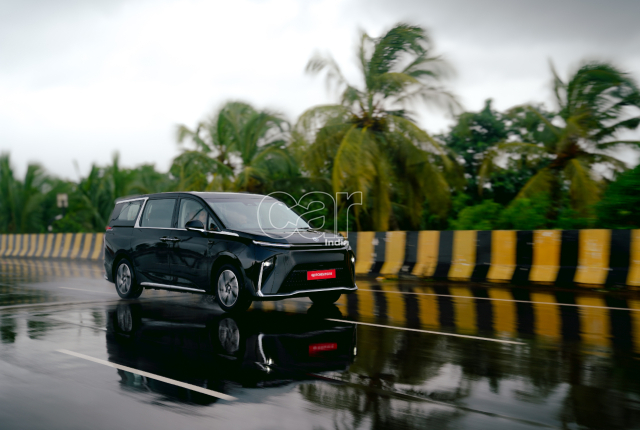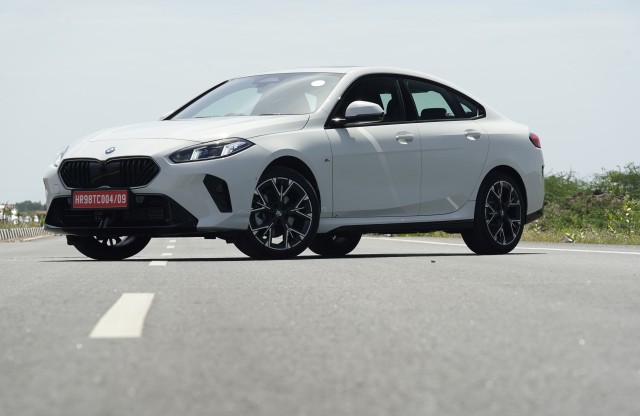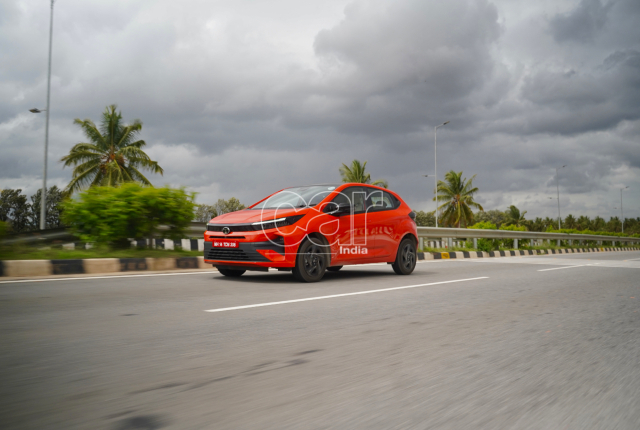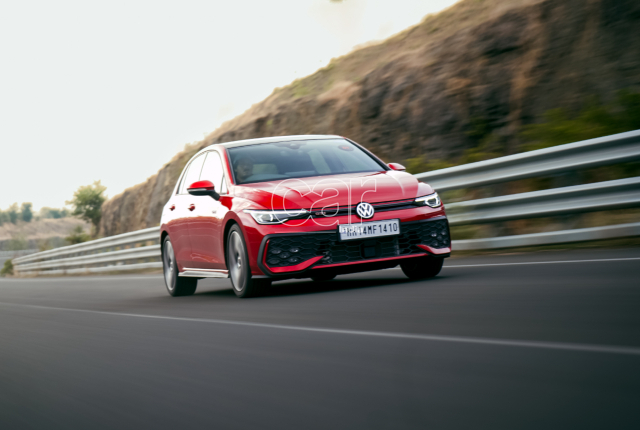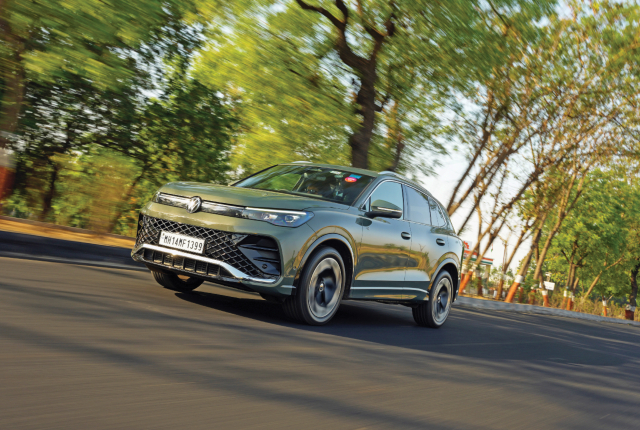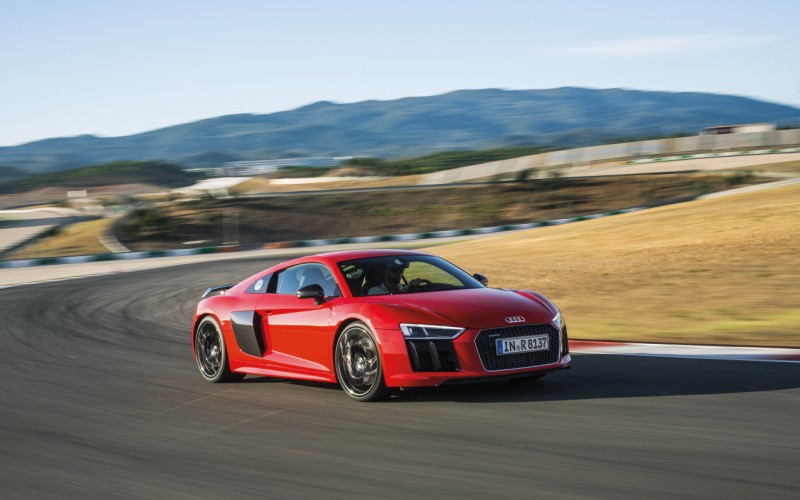
Car India drove the all-new Audi R8 V10 plus in the hilly region of southern Portugal and also experienced how those hills came alive with the resonant sound of the V10 plus. We also drove it on the Portimão circuit, at night.
Story: Aspi Bhathena
Photography: Audi
The all-new Audi R8 V10 plus shows considerable design influence from its predecessor. The horizontal lines define how the new R8 looks from the front. The single-frame radiator grille in honeycomb look in gloss finish has a very broad and low design. Three-dimensionally formed surface joins the wedge-shaped headlights. Like the grille, the large trapezoidal air inlets also have inserts in honeycomb look. Their two vertical slats match the blade in the headlights which is a part of the daytime running lights. The headlamps have 37 light-emitting diodes (LED) per unit with laser spots. The laser spots light up double the distance compared to the LED high beam.
Seen from the side, this car has taut and clean lines that delineate the curved surface. The flowing shoulder-line connects the front and rear wheel-arches while another divides the side blade in two visual elements: an upper and a lower half. The door-handles are nearly invisible, placed as they are in the shadow of this line.
The contours on the two sides of the rear window, through which the engine is visible, also contribute to the air-flow over the car. The diffuser with its distinctive slats is extremely wide and is flanked by the two trapezoidal exhaust tail-pipes. The prominent horizontal line gives the rear a wide look. The vertical edges run diagonally downwards and outwards forming a triangle, thus emphasising the stance of the new R8.
As in the previous model, the new R8 also has ASF (Audi Space Frame) construction but it is not a full aluminium construction; instead it is a combination of CFRP (carbon-fibre reinforced polymer) construction. CFRP, the new material, is used where it can achieve better results than aluminium. It is used for the rear fire wall, the centre tunnel and the three-part B-pillars. The use of CFRP and a new construction method have resulted into a weight-saving of 10 kilos as well as 40 per cent more torsional rigidity with the outer skin all in aluminium.













